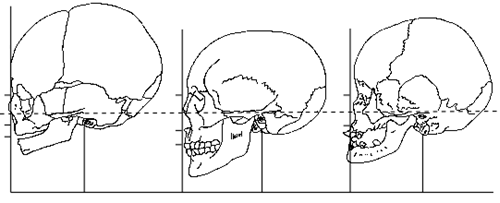Fig 4. - Lateral Views of Normal and Down's Syndrome Skulls.
| Birth Normal Young Adult Down's Syndrome Age 16 |
 |
| A. B. C. |
| Fig 4 |
LATERAL VIEWS of NORMAL and DOWNS SYNDROME SKULLS
(redrawn after Benda [2])
-
At birth the brain cavity is large and the face is small. The distance between bregma and the root of the nose measures twice that from the nasal root to the alveolar crest. There is also only a short distance between the inferior orbital ridge, the nasal spine and the alveolar crest. The infantile mandible is almost straight.
-
The face of the young adult is much larger, due to considerable downward growth of the maxillae, therefore the distance between the inferior orbital ridge, the nasal spine and the alveolar crest is considerably increased. The mandible is angled.
-
Although the Downs syndrome skull grows to nearly the same size as the normal adult it retains much of its foetal proportions. The face is small, with underdeveloped maxillae and the mandible is still relatively straight.
